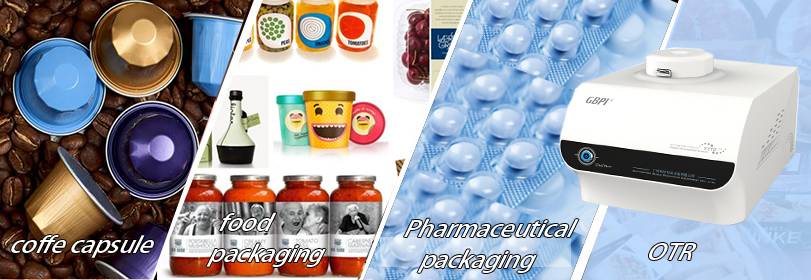OTR (скорость передачи кислорода) Определение
представляет собой установившуюся скорость проникновения кислорода через мембрану при заданной температуре и относительной влажности. Значения даны в куб.см/100, в стандартных единицах США, 2/24 часа, и в метрических единицах (или СИ) как куб.см/м 2 /24 часа. Стандартные условия испытаний: 73°F (23°C) и относительная влажность 0 %.
Стандарты, связанные со скоростью пропускания кислорода (OTR)
Проникновение кислорода в гибких барьерных материалах с использованием кулонометрического датчика ASTM D3985, ISO 15105
Диапазон скорости пропускания кислорода:
Определите скорость пропускания кислорода (OTR) гибких барьерные материалы для упаковки или промышленного применения. Ключевые факторы в понимании проникновения материала включают толщину материала и факторы окружающей среды, такие как относительная влажность и температура.
Процедура испытаний ASTM D3985:
При выбранной температуре и влажности барьерная пленка герметизируется между камерой, содержащей кислород, и камерой, в которой нет кислорода. Кулонометрический датчик измеряет количество кислорода, проходящего через материал.
Корреляция с производительностью упаковки
Воздух, которым мы дышим, содержит около 21% кислорода и 79% азота и очень небольшое количество других газов, таких как углекислый газ и аргон. Кислород жизненно важен для жизни человека и животных, а также является химически активным соединением, которое является ключевым фактором порчи пищевых продуктов: для протекания большинства химических и биологических реакций, которые приводят к образованию прогорклого масла, плесени и изменению вкуса, требуется кислород. Поэтому неудивительно, что упаковка пищевых продуктов (и некоторых непищевых упаковок для продуктов, в которых кислород воздуха представляет опасность) прогрессирует и находит способы снизить воздействие кислорода и продлить срок годности продуктов, чувствительных к кислороду.
Есть два пути. снизить воздействие кислорода на продукцию за счет гибкой упаковки:
1. Упаковка в модифицированной атмосфере (MAP) — это процесс замены воздуха в свободном пространстве упаковки другим газом перед окончательной герметизацией. Эта упаковка с модифицированной газовой средой прочно закрепилась в пищевой промышленности, и ее значение продолжает расти. Короче говоря, воздух природной среды в упаковке заменяется газом или газовой смесью (обычно азотом и углекислым газом). Такая упаковка в защитной атмосфере сохраняет качество свежих продуктов в течение более длительного периода времени, продлевает срок хранения и позволяет производителям продуктов питания географически охватить более крупный рынок скоропортящихся продуктов. А также продукция мясная и колбасная, молочная продукция, хлеб, фрукты и овощи, рыба или полуфабрикаты.

 info@gbtest.cn
info@gbtest.cn



 ru
ru en
en es
es ar
ar

